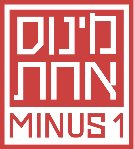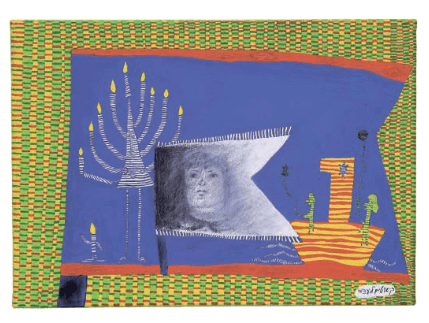The point of departure of the exhibition is simple, almost self-evident: Every artwork (noun) is the result of art work (verbal noun). That is, every work of art is the product of a certain process in which something is produced. Throughout modern history, art frequently represented labor, whether by glorifying the lives of laborers or through an empathic gaze at the conditions of the downtrodden classes. But the creation of art was considered as autonomous praxis: unique and distinct from every other societal system of production. The appearance of the Readymade – that is, exhibiting as a work of art an object manufactured in a non-art field – heralded a new stage in the relations art maintains with “productive work” (work done for profit or utilitarian purposes). From that historical moment, conceptual art defined its critical identity in terms of how it adopted, rejected or manipulated non-art work processes. The introduction of practices characteristic of the world of work into art work indicated the subordination of the work of art to non-art work. But the subordination was never absolute. On the contrary: it allowed artists to extend the boundaries of art by redefining the concepts of skill, authorship and artistic subjectivity.
These concepts, as well as similar concepts that address questions of visibility and professional identity and its entailment in other identity categories, are at the center of the exhibition. From them derive the questions through which "Whose Work is this?" reads the works that are displayed in the exhibition: In what way do artists integrate techniques drawn from the non-art world into their art work? How does the integration of such practices influence the processes involved in creating art? And what visual languages spring from this encounter? The concepts with which the exhibition deals and the questions that attend them also indicate the types of works and materials that are on display: on the one hand, contracts, documents and production processes captured by documentary means; and on the other, objects that exist on the seamline between art and craft.
The artworks are examined against the backdrop of the dramatic transformation that took place in the Israeli labor market during the 1990s, with Israel’s entry into the global market of commodities and labor that marked the dismantling of the welfare state and the acceleration of privatization processes. They also reflect global processes, notably the transition to a service and information economy that is characterized by immaterial production. Labor has abandoned the traditional spaces of production (the factory or the studio), and it is no longer time-bound. As such, the exhibition moves from the intra-art discussion into the experience of contemporary life: structural economic instability (precarity) and the subjugation of multiple aspects of human existence to the principle of productivity and the capitalist logic of value. But more importantly, "Whose Work is This?" points out the potential of the refusal of work that is concealed within the new economy, and the role that art plays in our ability to think critically about the constitutive role work fulfills in our lives.

